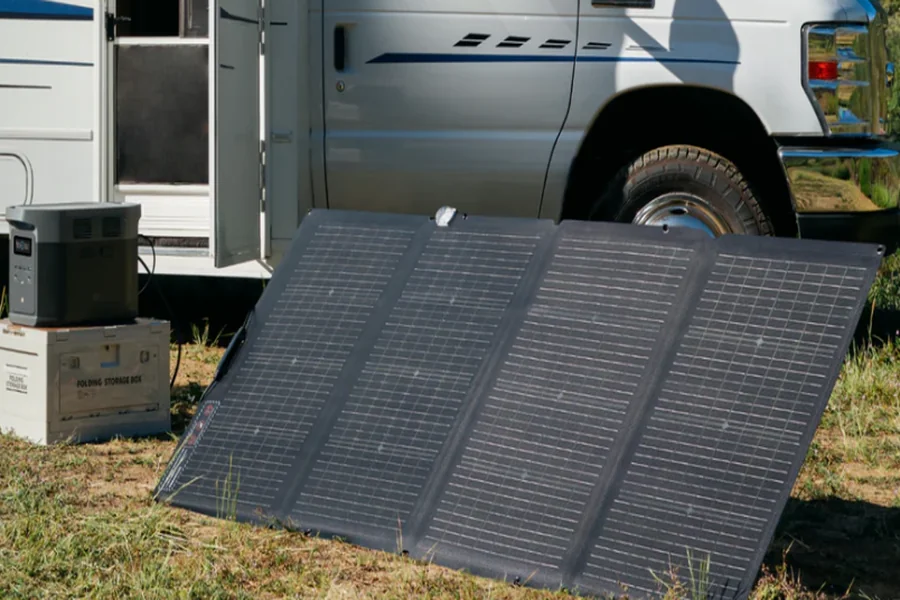Remote areas often face significant challenges when it comes to accessing reliable and sustainable energy sources. Traditional power grids are either too costly to extend to these regions or simply impractical due to geographical barriers. As a result, many remote communities and off – grid locations have been left with limited energy options, relying on expensive and polluting diesel generators or having no electricity at all. However, solar panels offer a beacon of hope, emerging as an effective and sustainable solution to meet the energy needs of these remote areas.
The Basics of Solar Power in Remote Areas
Solar panels operate on the principle of converting sunlight into electricity through the photovoltaic effect. In remote areas, where there is often abundant sunlight and minimal shading, solar panels can harness this renewable resource efficiently. Unlike traditional power generation methods, solar power systems do not require extensive infrastructure for fuel transportation and distribution. Once installed, solar panels can start generating electricity immediately, providing a clean and independent energy source.
Advantages of Solar Panels for Remote Areas
Cost – effectiveness
In the long run, solar panels offer significant cost savings for remote areas. While the initial investment for installation may seem high, it eliminates the continuous expense of purchasing and transporting fossil fuels, which is a major cost burden for remote communities relying on generators. Moreover, with the continuous advancement of solar technology, the cost of solar panels has been steadily decreasing, making them an increasingly affordable option.
Environmental Friendliness
One of the most compelling reasons for using solar panels in remote areas is their positive environmental impact. Diesel generators, commonly used in such regions, emit large amounts of greenhouse gases and pollutants, contributing to air pollution and climate change. Solar panels, on the other hand, produce zero emissions during operation, helping to preserve the pristine natural environments of remote areas and reducing the carbon footprint of these communities.
Energy Independence
Solar panels grant remote areas a degree of energy independence. These regions are no longer at the mercy of fluctuating fuel prices or potential disruptions in the supply chain. Instead, they can generate their own electricity, ensuring a stable power supply for essential needs such as lighting, communication, and refrigeration. This energy autonomy also promotes local development, enabling remote communities to engage in economic activities that require electricity, like small – scale industries and tourism.

Real – World Applications
Solar panels have been successfully implemented in numerous remote areas around the world. In some remote villages in Africa, solar power systems have been installed to power schools, clinics, and homes. This has improved the quality of life significantly, allowing children to study at night with proper lighting, and enabling clinics to refrigerate vaccines and medical supplies. In remote research stations in Antarctica, solar panels, combined with energy storage systems, provide the necessary power to support scientific operations, even in the harshest of environments.
Overcoming Challenges
Despite the many benefits, there are still challenges to overcome in implementing solar panels in remote areas. One of the main obstacles is the initial capital investment required for installation. However, various financing options, such as government subsidies, grants, and community – based financing models, are emerging to address this issue. Another challenge is energy storage. Since sunlight is not available 24/7, efficient energy storage solutions, like batteries, are needed to ensure a continuous power supply during the night or on cloudy days. Technological advancements in battery storage are making this more feasible and cost – effective.
Conclusion
Solar panels have proven to be a sustainable and viable solution for remote areas, offering a multitude of benefits from cost – savings and environmental protection to energy independence. As technology continues to evolve and more support mechanisms are put in place, solar energy has the potential to transform the lives of people in remote regions, bringing light, power, and new opportunities for development. By embracing solar panels, remote areas can not only meet their current energy needs but also contribute to a more sustainable and equitable global energy future.



